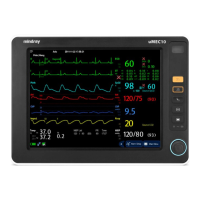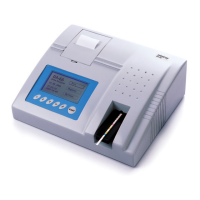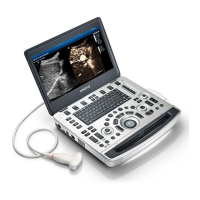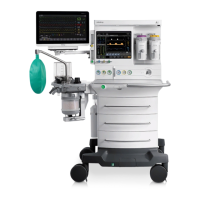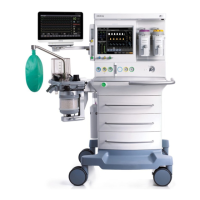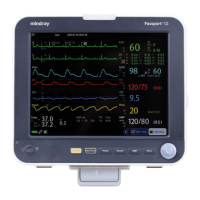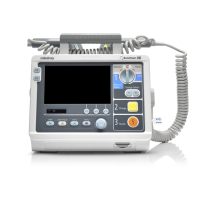Why are my Mindray uMEC15 ECG traces noisy?
- WwesttinaAug 12, 2025
Noisy ECG traces on your Mindray Medical Equipment may be due to several factors. Check for loose or dry electrodes and apply fresh, moist electrodes. Defective electrode wires can also cause interference, so replace them if necessary. Additionally, ensure the patient cable or leads are not routed too close to other electrical devices; move them away if they are.


